The Best Places to Scavenge for Survival Items If the Grid Goes Down
In this article, we will discuss the absolute best places to scavenge for items if the grid goes down.
Long story short: there are actually very few places where you can’t scavenge! We’ll try to cover as many of them here as possible.
The Best Scavenging Locations
Here are the best scavenging locations for you to look for items of value:
- Automotive/Car Shops: the best places to look for spare car parts.
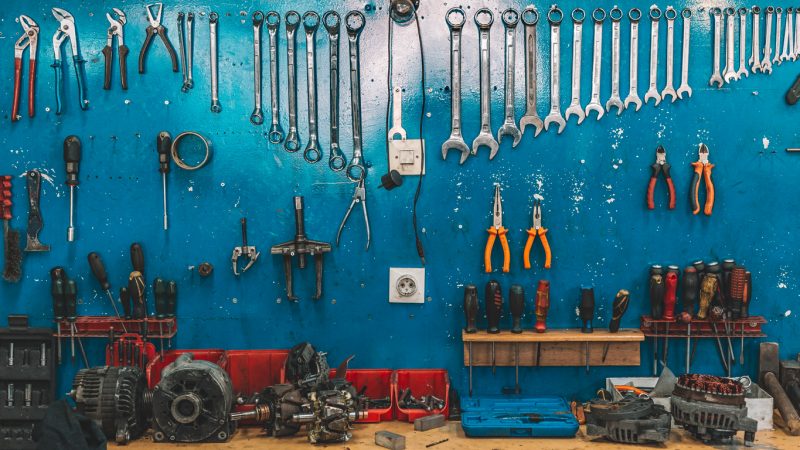
- Cars: check under the seats, in the glove box, and in the trunk for items. You can also use parts of the car such as the mirrors, seats for bedding/insulation, seat belt for rope, wiring for cord, and the gasoline tubes for spare gasoline.
- Distribution Centers: the best places to look for food will not be restaurants or grocery stores as they will be looted first. Instead, check warehouses and distribution centers as these will be raided last. You should be able to find supplies and non-perishable foods.
- Dumpsters: you would be surprised what people leave behind.
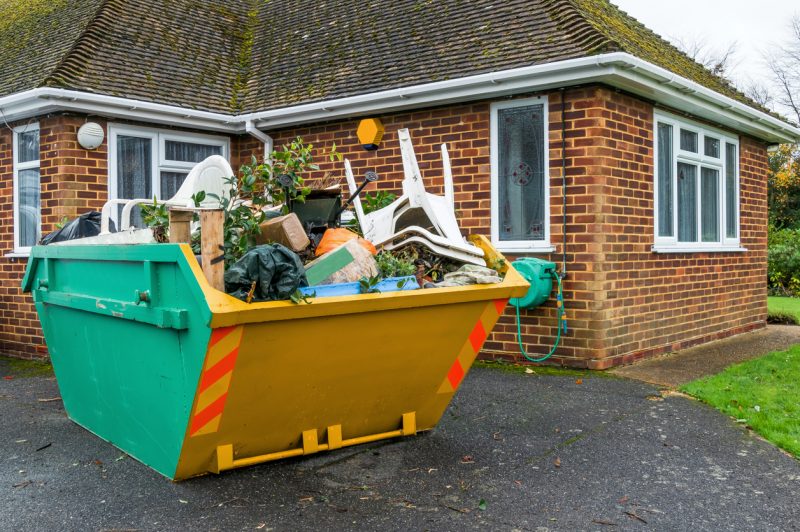
- Grocery Stores: most grocery stores will be stripped clean, but it’s still worth a check.
- Fire Stations: here you can find hundreds of gallons of water that may be untouched. You best still filter it to be on the safe side.
- Hospitals: you can find medical supplies and clothing, but they may also be stripped clean following a disaster.
- Gas Stations: gas stations will also probably be stripped clean, but it’s still worth a check.
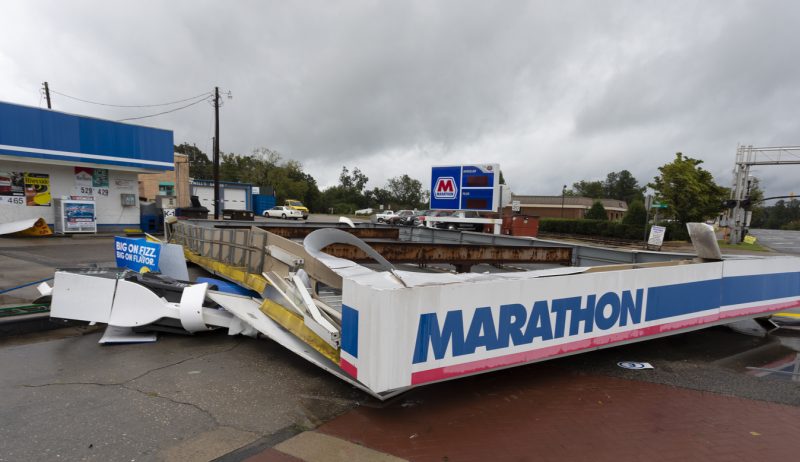
- Government Buildings: here you can find solar panels, batteries, fuel, and maybe first aid supplies.
- Ship Yards and Marinas: check here for emergency food items, communication gear, and fishing gear.
- Pawn Shops: pawn shops will likely be stripped clean, but there you can find miscellaneous items for bartering as well as firearms and ammunition.
- Pet Stores: obviously you’ll check here for pet food and supplies.
- Restaurants: most restaurants will be stripped clean, but you can still check them for any canned food that was left behind.
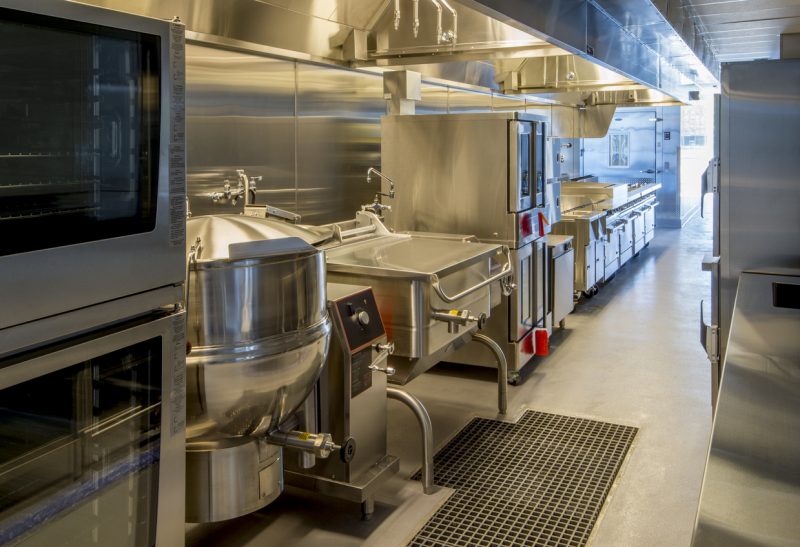
- Office Buildings: in office buildings, you can find a wide assortment of basic office supplies as well as water or food in the cupboards.
- Schools: in schools, you can find fire extinguishers, basic supplies, first aid gear, and maybe even food.
- Sporting Goods Stores: most sporting goods stores will be completely stripped clean following a disaster, but you can still check them for firearms, ammunition, outdoor equipment, fishing gear, clothing etc.
- Homes: be very careful about the homes you enter as people may still occupy them. If you do find an empty home, however, it will definitely be worth checking out.
Overlooked Scavenging Locations
In addition to the scavenging locations above, there are many more prime locations for scavenging that are often overlooked.
Examples include:
- Fuel Batteries: separate from gas stations, fuel batteries are where energy companies store diesel, gasoline, chemicals, and other fuels. Most will be abandoned during a large-scale disaster, and they are prime places for you to check out.
- School Buses: you may think that school buses have literally nothing left inside of them, but they are still worth checking out. At the very least you can siphon fuel out of them.
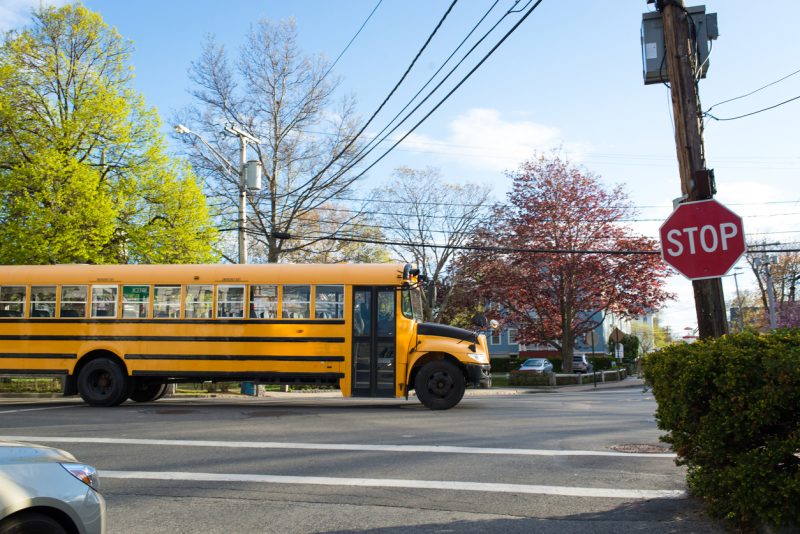
- Railroads: specifically, look at railroad facilities. Many of the products in the retail world are shipped on railroads after all. Many of these trains will carry oil, lumber, and coal.
- Trucking Yard: literally dozens of trailers and trucks will be left behind in the trucking yards and facilities, and you can check the contents inside.
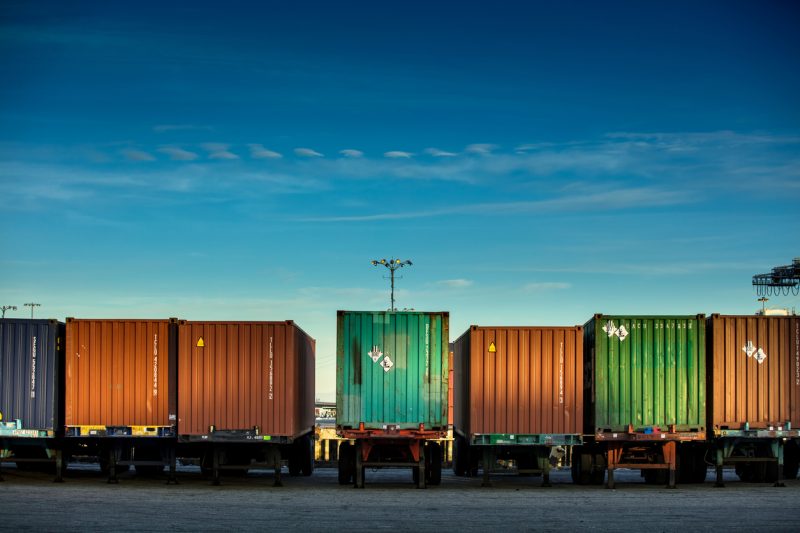
NOTE: you may just want to take the entire semi-truck entirely. Most semi-trucks are a 10-speed to 18-speed manual transmission. To operate one, you will need to make sure that the manual shifter is in neutral, and then push the clutch before turning the key.
Once the engine starts up, you will see a warning light and maybe hear a sound. Don’t drive just yet. Let the air brake system fill up with air until the warning sound/light shuts off.
Look for a yellow knob, and then press it to release the emergency brakes.
Trucks are rather hard to drive, and you need to give yourself a lot more room for turning and braking. As a general rule of thumb, a truck with a 10-speed transmission or set at a 10-speed transmission will travel at around twenty-five miles per hour.
- Airports and Airplanes: you can check airports and airplanes for important scavenging items.
- Commercial Agricultural Fields: you could potentially have thousands of acres of corn, potatoes, fruits, or wheat at your disposal. Large areas of these crops are likely to remain unharvested during a disaster, and the food could be yours for the taking.
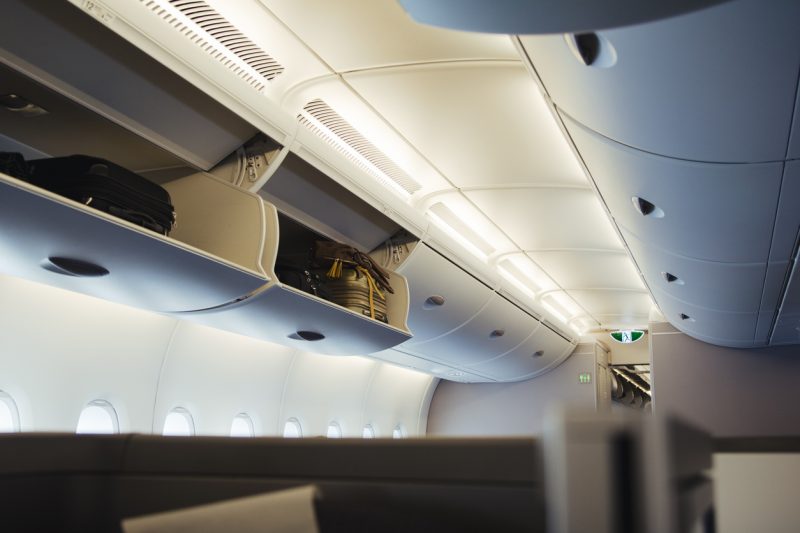
- Community Colleges and Universities: Community colleges and universities are among the most overlooked places to look for vital supplies. In reality, here you can find food, water, fuel, seeds, basic supplies, and so on.
- Motorcycle/ATV Shop: the best place to look for supplies to repair your motorcycle or ATV! Here you can also find fuel, propane, and maybe even food and water. They are definitely worth checking out even if you don’t have a motorcycle or ATV, so don’t overlook them!
- Campgrounds: many campgrounds may not be abandoned during a disaster, but those that are can have a wide variety of different important items within them for you to check out.





